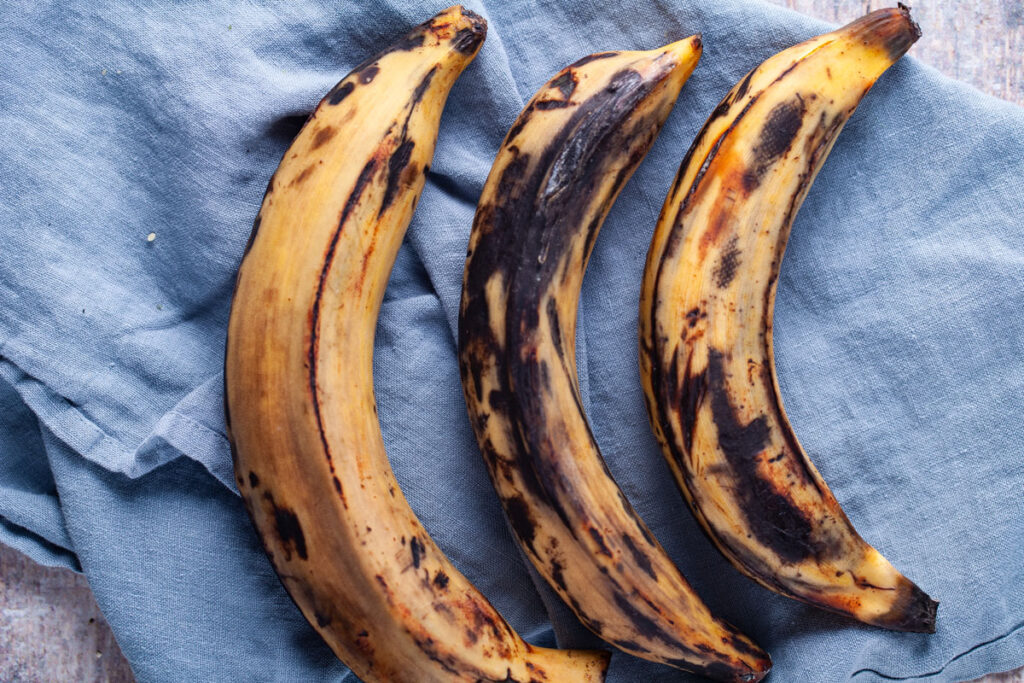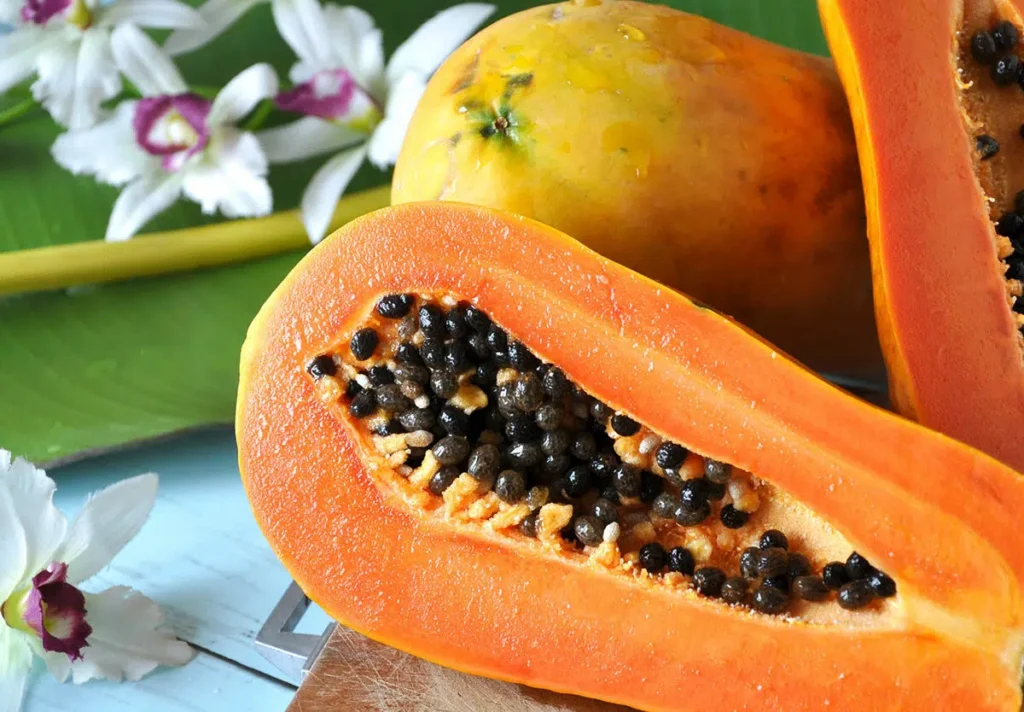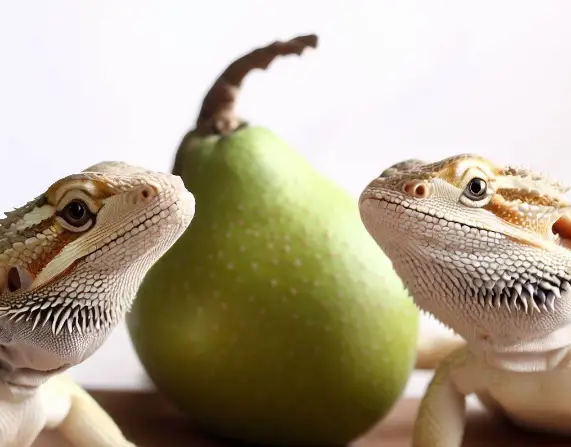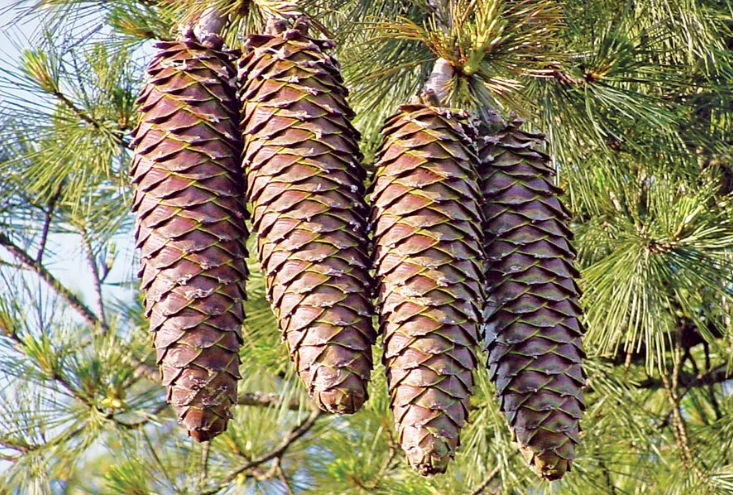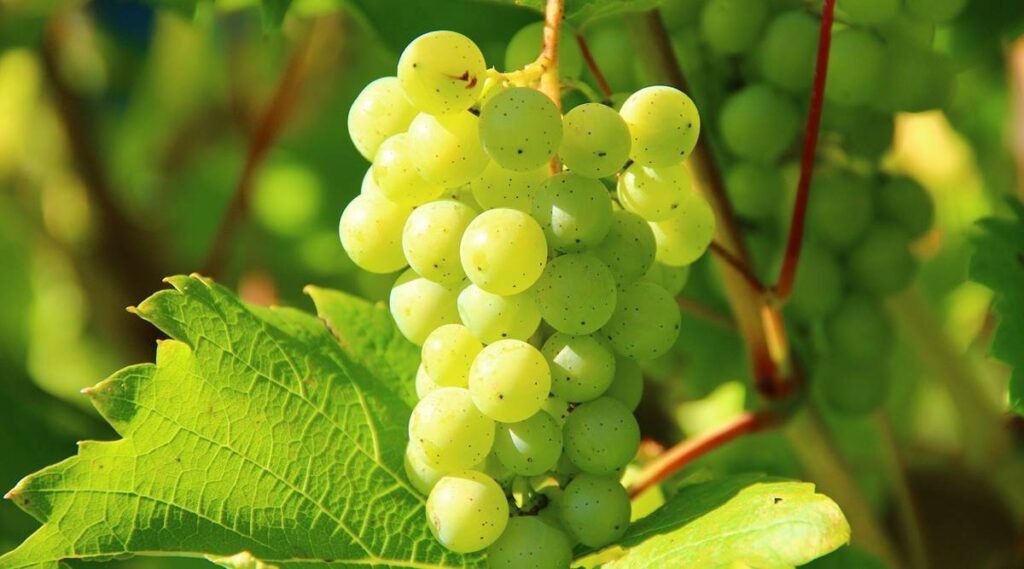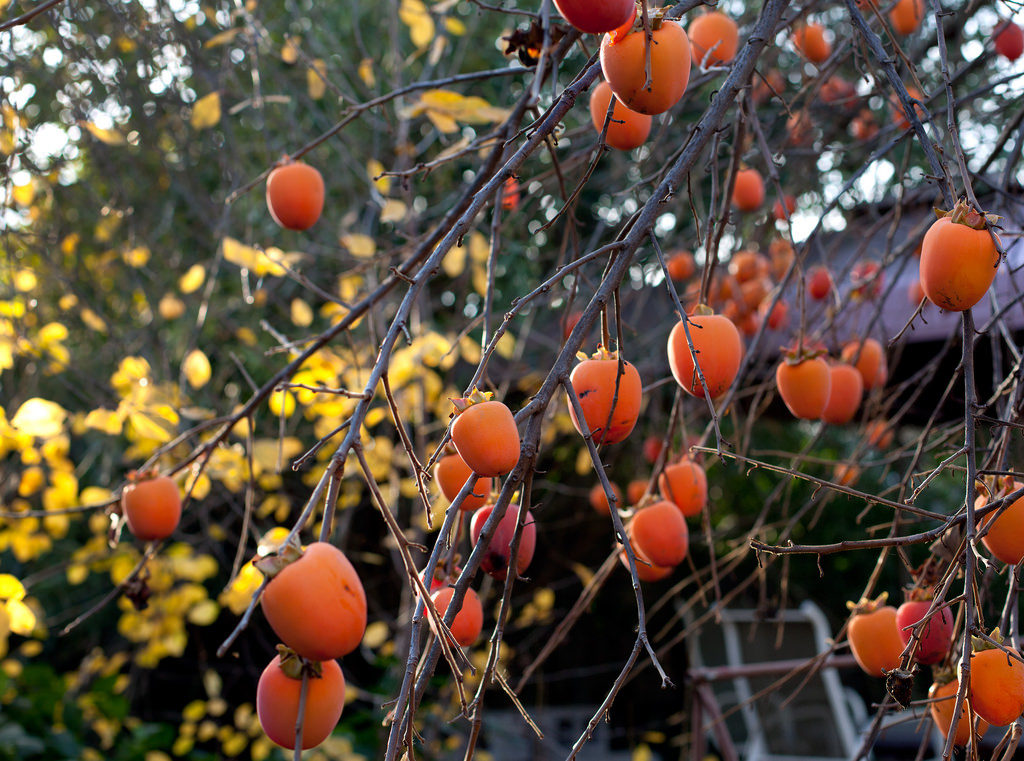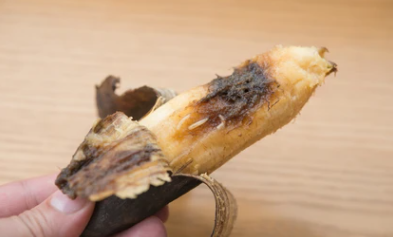Blackberry plants are a type of fruit plant that many people like to grow. They can live in different weather and soil types, which is good because lots of people can grow them.
Still, when it gets really cold and frosty, those who grow blackberries might have a problem. Cold places with frost in the winter can be tough for these plants. We’ll talk about what frost does to blackberry plants and how people can keep their plants safe.
Table of Contents
What is Frost?
Let’s first learn what frost is. When the air gets very cold, under the freezing point, the water in the air turns into little ice bits. This ice can get onto plants and other things and might hurt them or even kill them.
How Does Frost Affect Blackberry Plants?
Frost can be bad for blackberry plants. It can hurt the fruit, the new parts of the plant that are growing, and the roots below the ground. But, blackberry plants can handle some cold; it’s just that if it’s too cold for too long, it might destroy them.
Here’s what frost can do to blackberry plants:
1. Damage to Fruit
If blackberry plants get frosty while they have flowers or fruit, the fruit might get ruined. It can look bad, shrink, and taste bad, so you can’t sell it or eat it. The plant won’t make as many berries because of this.
2. Damage to New Growth
New parts of the plant that are just growing can get hurt by frost, too. This can make the plant weak and not grow well. In really bad cold, these new parts might die, and that means the plant won’t grow berries well.
3. Damage to the Roots
The roots of blackberry plants can also suffer from frost. If the roots are hurt, the plant won’t be able to drink water or eat food from the ground well. This can make the plant weak and not grow a lot of berries or be strong.
How to Protect Blackberry Plants from Frost
If you want to keep your blackberry plants healthy, you need to guard them against frost. Here’s what you can do:
1. Cover Plants
Putting something like blankets or tarps over your blackberry plants can help a lot. Do this when you think it will get frosty. But don’t forget to take the cover off when it’s daytime so the plants can soak up the sun and stay warm.
2. Water Plants
Giving your plants a good watering before frost comes can help, too. The water acts like a little jacket to keep the plants warm and safe from the ice.
3. Prune Plants
Cutting off bad or dead parts of the plant can also help protect them from getting hurt by the frost. It makes the plant healthier and less likely to get damaged.
Conclusion
Fighting frost can be hard for those who grow blackberries, but you can win with some careful planning. If you cover your plants, water them right, and keep them trimmed, you can protect them from cold and frosty weather. By doing these things, you can have strong, happy blackberry plants that make lots of yummy berries.
